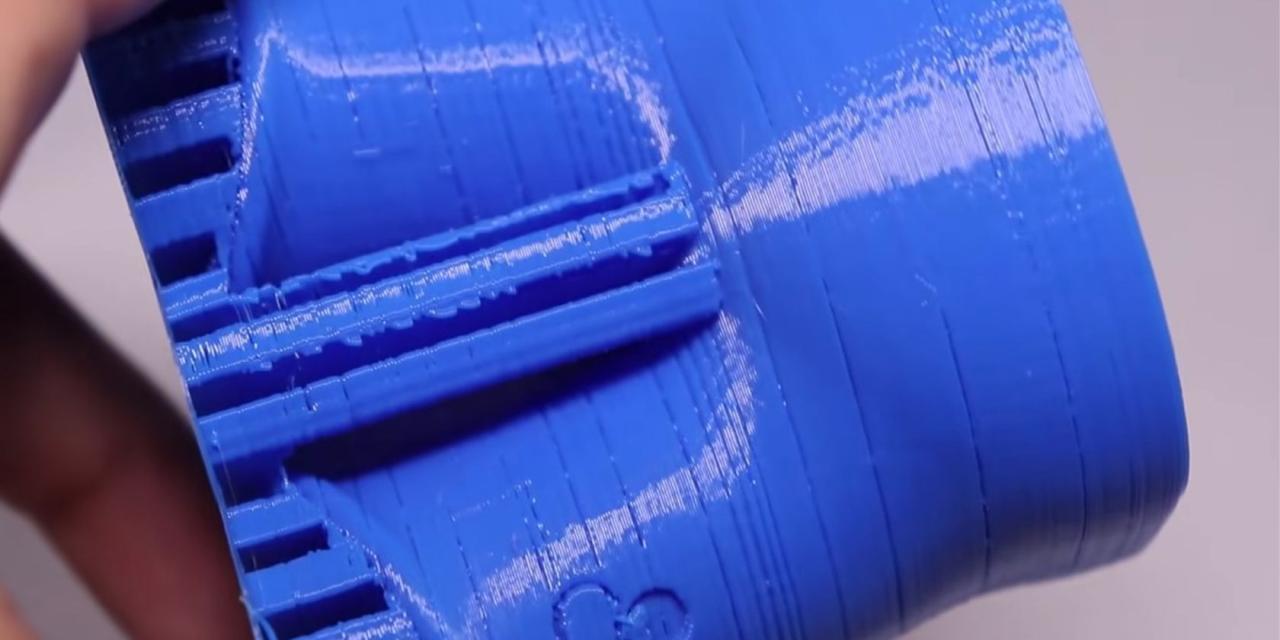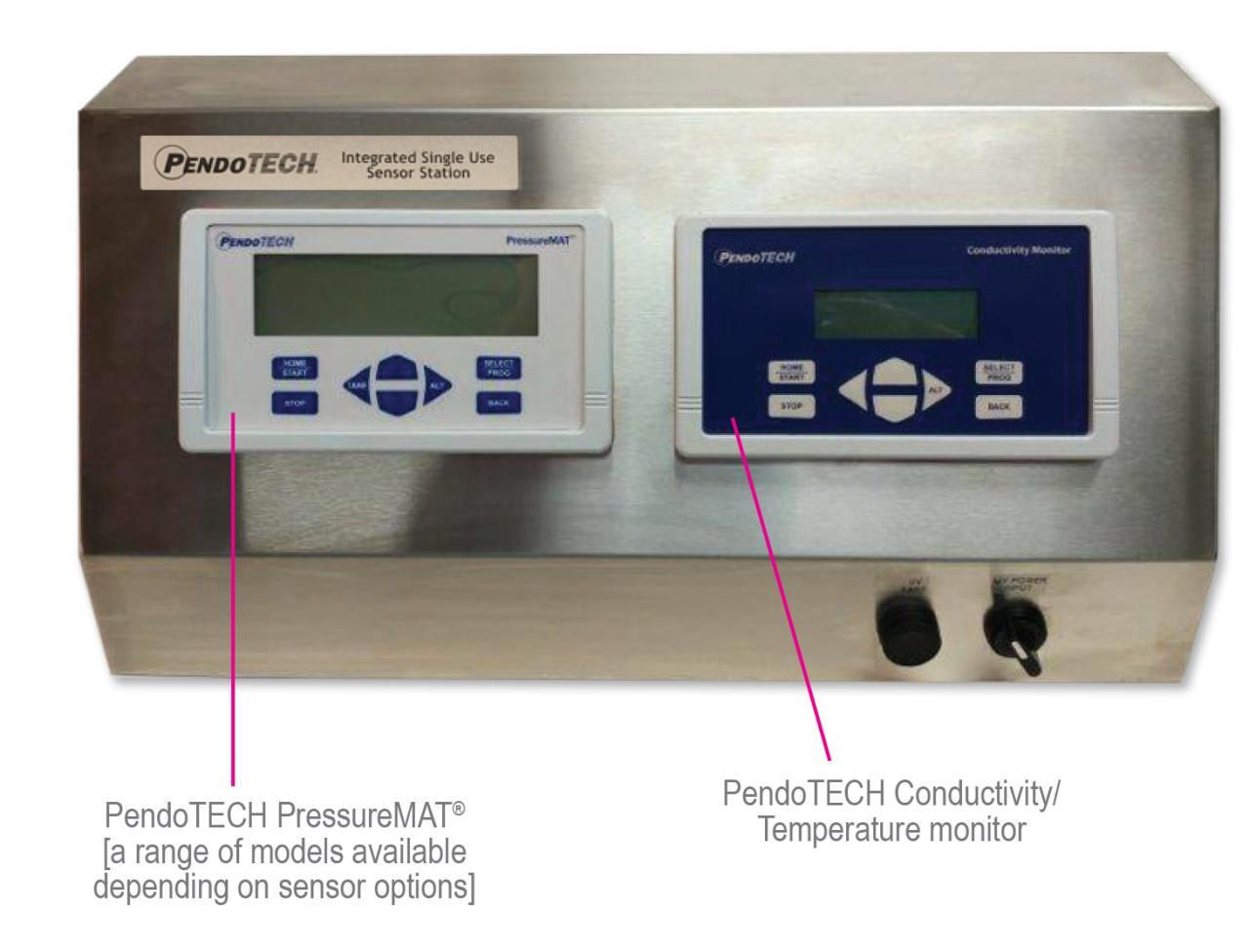Stage movement is more than just walking across a stage; it’s a powerful tool for engaging an audience and communicating a performance’s narrative. This comprehensive guide delves into the art of using stage movement to command attention, exploring its various applications from conveying emotion to enhancing storytelling. We will uncover the secrets behind effective movement techniques, from precise pacing and purposeful direction to creating compelling visual narratives.
Understanding the nuances of stage movement allows performers to seamlessly blend physicality with emotional expression, thereby creating a deeper connection with the audience. By mastering the art of controlled movement, performers can elevate their performances from mere displays to compelling narratives that resonate with viewers on a profound level.
Introduction to Stage Movement

Stage movement is the controlled and purposeful physical action of a performer on a stage. It’s a crucial element of theatrical performance, extending far beyond mere locomotion. Effective stage movement engages the audience, enhances the narrative, and brings the characters to life, adding depth and dimension to the story being told. It’s not simply about walking; it’s about communicating character, emotion, and intention through physical action.Stage movement is more than just moving from one point to another; it’s about conveying meaning through body language, pace, and direction.
It’s a language of its own, understood and interpreted by the audience. This careful choreography of movement allows actors to portray a range of emotions, motivations, and relationships with powerful impact. The skillful use of movement creates a visual narrative that complements and enhances the spoken word, deepening the audience’s understanding and connection to the performance.
Defining Stage Movement
Stage movement encompasses a wide array of physical actions. These include not only the obvious like walking and running but also subtle nuances such as gesturing, stillness, and even the use of space. These varied techniques allow actors to express a complex spectrum of human experience. Each type of movement, employed effectively, serves to enrich the storytelling.
Types of Stage Movement
Various types of stage movement exist, each contributing to the overall impact of a performance. These include:
- Walking: The most fundamental form of stage movement, walking can convey a range of emotions and intentions. A brisk walk might suggest urgency, while a slow, deliberate walk might signal contemplation. The pace, posture, and direction of the walk are all critical components.
- Running: Running can be used to portray excitement, fear, or pursuit. The speed and manner of the run are key indicators of the emotion being conveyed. Running across a stage can create a sense of immediacy and drama.
- Gesturing: Hand gestures and body language are integral parts of stage movement. They can emphasize key points, convey emotions, and add depth to the characters’ actions. A specific gesture can communicate an entire spectrum of emotion.
- Stillness: The art of stillness can be equally potent. A moment of frozen stillness can build tension, highlight an emotional moment, or communicate deep contemplation.
Historical Context
The use of stage movement has evolved throughout history. Ancient Greek plays often incorporated elaborate choreographed dances and processions, using movement to enhance the narrative and create a powerful visual spectacle. In Elizabethan theatre, actors used specific movements to communicate character and social standing. These practices, across cultures and eras, highlight the consistent role of stage movement in enriching storytelling.
Key Elements of Effective Stage Movement
The table below Artikels the key elements of effective stage movement.
| Element | Description | Importance | Example |
|---|---|---|---|
| Purpose | The specific reason for the movement. Is it to convey a particular emotion, advance the plot, or create a visual effect? | A clear purpose ensures the movement is meaningful and contributes to the overall narrative. | A character walking slowly and sadly towards a specific location, conveying despair and impending doom. |
| Pace | The speed and rhythm of the movement. Is it fast, slow, or deliberate? | Pace can evoke various emotions and create specific atmosphere. | A character walking quickly across the stage to emphasize urgency or fear. |
| Direction | The path and trajectory of the movement. Is it towards, away from, or around other characters or objects? | Direction can establish relationships between characters and guide the audience’s focus. | A character moving towards another character to show confrontation or affection. |
| Rhythm | The pattern and flow of the movement. Is it consistent or irregular? | Rhythm can create a sense of tension, release, or predictability. | A character walking with a steady rhythm to suggest calmness or a character walking with an irregular rhythm to convey anxiety. |
Using Movement to Convey Emotion

Stage movement is a powerful tool for conveying emotions to an audience. Beyond simply walking across the stage, strategic movement can deeply impact the emotional response of the viewer. The connection between physical actions and emotional expression is inherent in human communication, and mastering this connection can significantly enhance a performance.Understanding how specific movements translate into emotional cues is key to creating a compelling and impactful presentation.
This involves not just the physical action itself, but also the pace, rhythm, and intention behind it. A slow, deliberate movement can evoke sadness, while a quick, energetic movement can evoke joy. By carefully considering the emotional context of the scene, performers can use movement to build dramatic tension, highlight key moments, and ultimately, connect with the audience on a deeper level.
Specific Movements and Emotions
Careful consideration of movement is crucial for conveying specific emotions effectively. Body language is intrinsically linked to emotional expression. Open postures, expansive gestures, and rapid movements can often signify joy, excitement, or confidence. Conversely, closed postures, restrained gestures, and slow, deliberate movements often communicate sadness, fear, or vulnerability. Understanding these nuanced connections allows performers to effectively translate complex emotions through physical actions.
Examples of Movement for Different Emotions
Numerous movements can evoke a wide range of emotions. For instance, a wide, expansive arm gesture, accompanied by a joyful smile and a quick pace, can represent profound joy. A slumped posture, slow, dragging steps, and lowered gaze can evoke sadness. Anger might be communicated through rapid, sharp movements, clenched fists, and a furrowed brow. Fear could be conveyed through trembling movements, a cautious posture, and rapid, jerky movements.
These examples are merely starting points; the specific movements and their interpretation are often shaped by the context of the performance and the performer’s unique style.
Building Dramatic Tension with Movement
Strategic use of movement can significantly heighten dramatic tension. A slow, deliberate approach toward a character or object can build anticipation. Quick, jerky movements, coupled with sharp changes in direction, can create a sense of impending danger or conflict. The pacing and rhythm of movement, along with the performer’s posture and gaze, play a crucial role in building and releasing tension.
Contrasting Movements: Joy and Anger
| Joyful Movement | Angry Movement |
|---|---|
| A wide, expansive step forward, arms outstretched and raised, a smile on the face, and a brisk pace. | A quick, sharp step forward, with clenched fists, a furrowed brow, and a narrowed gaze. |
| A light, bouncy gait, accompanied by joyful gestures, a lively posture, and a rapid, rhythmic pace. | A heavy, stomping gait, coupled with clenched jaws, a tense posture, and a slow, deliberate pace. |
| A relaxed and open posture, with expansive gestures, and a high degree of energy. | A tense and closed posture, with restrained gestures, and a significant amount of energy channeled into controlled movements. |
These examples demonstrate the contrast in movement between joy and anger. Note how the physical manifestation of each emotion is distinct, providing clear visual cues for the audience. The use of these contrasts further enhances the impact of the performance.
Movement and Character Development

Stage movement is a powerful tool for defining a character’s personality and background. It allows the audience to perceive not just what a character
- does*, but also
- how* they do it, revealing subtle nuances of their inner lives. This physical manifestation of the character’s internal state creates a more layered and engaging performance for the viewer. The connection between actions and physical presence is crucial in establishing character credibility.
Understanding the relationship between a character’s actions and their physical presence on stage allows the actor to effectively communicate the character’s motivations, conflicts, and overall personality. This understanding extends beyond simply moving from point A to point B; it delves into the character’s emotional state, revealing their inner conflicts and motivations through their physical actions.
Defining Character Personality Through Movement
Character development relies heavily on the consistent use of movement. A character’s posture, gait, and gestures can all contribute to establishing their personality traits. A stooped posture might suggest sadness or weariness, while a confident stride can portray determination and strength. The way a character interacts with the environment – avoiding certain areas, lingering near specific objects – also provides clues about their background and motivations.
Character Actions and Physical Presence
A character’s actions directly influence their physical presence on stage. A character who frequently pauses and hesitates might have doubts or anxieties, while one who moves with purpose and decisiveness likely embodies confidence and ambition. This direct correlation between actions and physical presence helps solidify the character’s believability for the audience. Furthermore, this relationship enhances the emotional impact of the performance, allowing the audience to experience the character’s journey through their actions and physical presence.
Revealing Inner Conflicts and Motivations Through Movement
Movement can be a powerful tool for revealing a character’s inner conflicts and motivations. A character who avoids eye contact might be hiding something or feeling insecure, while someone who aggressively gestures might be expressing frustration or anger. These seemingly small movements can communicate volumes about the character’s internal state. By observing these subtle physical cues, the audience gains a deeper understanding of the character’s emotional landscape.
Comparing Heroic and Villainous Movement Styles
| Hero | Villain |
|---|---|
| Posture: Upright, confident, often with shoulders back. | Posture: Stooped, hunched, or with a threatening posture. |
| Gait: Decisive, purposeful, often with a confident stride. | Gait: Quick, stealthy, or with a sense of menace. |
| Gestures: Open, expansive, and often directed toward others with a sense of support. | Gestures: Closed, aggressive, and often directed towards others with a sense of intimidation. |
| Movement in relation to others: Approach and support, often in a protective or helping manner. | Movement in relation to others: Withdraw, or approach in a threatening manner. |
| Interaction with the environment: Interact with the environment positively, helping others or improving it. | Interaction with the environment: Interact with the environment negatively, causing harm or destruction. |
Movement and Storytelling
Stage movement is not merely about physical presence; it’s a powerful tool for conveying narrative, deepening character development, and enriching the overall theatrical experience. Masterful use of movement can propel the plot forward, establish atmosphere, and underscore pivotal moments, transforming a static script into a dynamic and engaging performance.
Advancing the Plot Through Movement
Movement can be a critical element in driving the plot forward. A character’s swift exit, a hesitant approach, or a deliberate circling of the stage can all communicate significant action or emotional shifts, without relying on dialogue alone. A character’s movement toward or away from another character can create tension or release, while a character’s purposeful movement across the stage can signify the progression of a plot point.
The actor’s movements can foreshadow upcoming events or actions, adding another layer of intrigue to the performance.
Establishing Setting and Atmosphere Through Movement
Movement can effectively establish a setting and atmosphere. For instance, a character’s slow, deliberate pacing across a sparsely furnished stage can evoke a sense of isolation or loneliness. Conversely, brisk, purposeful movements across a bustling set can suggest a vibrant marketplace or a frantic chase. The rhythm and pace of movement can contribute significantly to the emotional tone of a scene, creating a mood that enhances the narrative.
Creating Dramatic Pauses and Moments of Significance Through Movement
A well-placed pause, a frozen pose, or a subtle shift in body language can amplify the impact of a scene. A character’s prolonged stare, a hesitant step, or a slow, deliberate turn can create a dramatic pause, drawing the audience’s attention to a specific moment or emotion. These moments of stillness, punctuated by careful movement, can emphasize the significance of a character’s action or decision, enhancing the emotional impact on the audience.
These moments allow the audience to contemplate the action, and to connect more deeply with the character’s inner state.
Highlighting Key Plot Points Through Movement
Movement can serve as a visual cue, underscoring key plot points. This can include:
- Movement to signify the passage of time: A character might repeatedly pace or engage in repetitive actions to represent the passage of hours or days, or a slow, deliberate shift in the set design to symbolize the decay of a relationship over time.
- Movement to establish a sense of place: A character’s exploration of a space, a slow circling, or a particular movement pattern can define the setting and its mood, suggesting isolation or community. This creates a vivid image in the audience’s mind, enriching their understanding of the setting and its significance in the narrative.
- Movement to create a sense of isolation: A character might move in a restricted or confined space, or engage in solitary actions, effectively conveying a feeling of alienation or loneliness. This could be achieved through pacing, repetitive gestures, or a deliberate avoidance of interaction with others on stage.
- Movement to symbolize conflict: A character’s aggressive movements or confrontational stance might suggest a brewing conflict, while avoiding direct confrontation can convey a hidden tension or fear.
- Movement to represent joy or triumph: Exuberant, open gestures and expansive movements might convey a character’s joy or sense of victory. This can involve leaping, dancing, or expansive arm movements.
These examples illustrate how deliberate movement can elevate the storytelling experience, adding depth and resonance to the narrative.
Practicing and Refining Movement

Mastering stage movement requires dedicated practice and thoughtful refinement. Consistent effort, combined with constructive feedback, is crucial for developing a compelling and engaging performance. This involves understanding various techniques, employing tools for self-assessment, and incorporating creative elements to enhance the artistry of movement.
Methods for Practicing and Refining Movement
Effective practice extends beyond simply repeating actions. A multifaceted approach, encompassing varied methods, is essential for developing nuanced and expressive movement. This involves meticulous rehearsal, utilizing mirrors and video recordings, and incorporating sensory elements like music and sound.
Importance of Rehearsal and Feedback
Rehearsals provide invaluable opportunities for honing movement techniques and receiving constructive feedback. The process of repetition allows performers to identify areas for improvement and refine their approach to stage presence. Constructive criticism from peers, mentors, and directors offers valuable insights and helps shape the performance into a cohesive whole.
Using Mirrors and Video Recordings for Improvement
Mirrors offer a direct visual representation of movement, allowing performers to observe posture, gestures, and spatial awareness. This self-assessment tool can be used to identify and address imbalances or inconsistencies in movement. Video recordings provide a comprehensive record, enabling a more in-depth analysis of the performance, catching nuances that may not be immediately apparent during practice. By reviewing recordings, performers can gain a more objective understanding of their stage presence.
Incorporating Music and Sound into Movement Practice
Integrating music and sound into movement practice enhances the expressiveness and impact of the performance. Music provides a rhythmic framework, encouraging performers to move with a natural flow and connect with the underlying emotions of the piece. Sound effects and ambient noises can add layers of complexity and create specific moods or atmospheres, which is important in creating engaging performances.
Exercises to Enhance Physical Awareness and Control
Developing physical awareness and control is fundamental to effective stage movement. These exercises are designed to enhance body awareness, coordination, and emotional expression through movement. They are crucial for establishing a connection between the body and the mind, facilitating a natural and compelling stage presence.
- Body Scan Meditation: This exercise involves focusing attention on different parts of the body, noting any tension or discomfort. This heightened awareness can help to release physical tension and improve posture. It is a technique for improving physical awareness, and through repetition, it can help to improve body control and responsiveness.
- Dynamic Stretching: Dynamic stretching involves moving the body through a range of motions, gradually increasing the intensity. This can improve flexibility, range of motion, and overall body awareness. It helps improve posture, balance, and coordination, leading to more controlled and graceful movement.
- Improvisation Exercises: Improvisation exercises encourage spontaneous movement, fostering creativity and adaptability. These exercises can be used to explore different emotions, characters, and styles of movement. It is a crucial tool for developing physical expressiveness, which can help actors explore their potential and enhance their ability to embody different characters.
Movement Exercise Table
| Exercise | Description | Benefits |
|---|---|---|
| Walking and Turning | Walking with varied paces and turning in different directions. | Improves spatial awareness, coordination, and body awareness. |
| Character-Based Movement | Moving in a manner that embodies a specific character. | Develops emotional expression and characterization through movement. |
| Musical Interpretation | Moving in response to musical cues. | Improves coordination, responsiveness, and ability to convey emotions through movement. |
| Obstacle Navigation | Moving through an obstacle course. | Improves spatial awareness, agility, and adaptability in movement. |
Avoiding Common Mistakes in Stage Movement
Effective stage movement is crucial for captivating an audience and enhancing the overall performance. However, performers often fall prey to common mistakes that can detract from their impact. Understanding these pitfalls and implementing corrective strategies is key to achieving a compelling stage presence.
Identifying Common Mistakes
Performers frequently make errors in stage movement due to a lack of understanding or conscious effort. These errors can range from simple, easily corrected habits to more ingrained patterns that require dedicated practice. Recognizing these mistakes is the first step towards improvement. Improper use of space, inconsistent pacing, and a lack of connection with the character are among the most common errors.
Reasons Behind the Mistakes
Several factors contribute to these errors. Lack of rehearsal time, insufficient preparation, or inadequate stagecraft can all hinder the development of polished movement. Insecurity, anxiety, or a failure to understand the character’s motivations can also manifest as poor stage movement. Additionally, a performer may be unaware of the impact their actions have on the audience.
Strategies to Correct Mistakes
Addressing these mistakes requires a multifaceted approach. Firstly, thorough rehearsal is essential. Practicing movement sequences multiple times allows for the identification and correction of errors. Second, a deep understanding of the character’s motivations and actions can translate to more natural and compelling stage movement. Finally, seeking feedback from experienced professionals or peers can provide valuable insights and guidance.
Common Stage Movement Mistakes and Solutions
| Mistake | Description | Solution |
|---|---|---|
| Unnatural or Stiff Movement | Performing movements that feel forced or robotic, lacking fluidity and grace. | Focus on fluidity and ease of movement. Practice exercises that encourage natural, flowing transitions. Consider the character’s personality and physicality. |
| Poor Use of Space | Failing to utilize the stage space effectively, either by staying in one area or moving too quickly or haphazardly. | Visualize the stage as a canvas. Plan movement paths and transitions, ensuring they are purposeful and contribute to the scene’s narrative. Experiment with different spatial relationships to enhance the impact of the performance. |
| Lack of Pacing and Rhythm | Movement that lacks a consistent pace, feeling rushed or stagnant. | Develop a sense of rhythm in movement. Practice timing and pacing exercises, ensuring movements are not rushed or delayed. |
| Ignoring the Character’s Motivation | Movement that feels disconnected from the character’s internal state or motivations. | Deeply understand the character’s desires, fears, and motivations. Allow these motivations to inform and guide the movement. |
| Unintentional Distractions | Performing distracting or unnecessary movements that draw attention away from the performance. | Practice movement with a keen eye on the overall impact. Eliminate any extraneous movements or habits that might detract from the performance. |
Last Recap

In conclusion, this guide has provided a thorough exploration of how strategic stage movement can transform a performance. From conveying emotion to shaping character development and advancing the plot, the techniques discussed empower performers to leverage their physicality to enhance their storytelling. By mastering the nuances of pace, direction, and rhythm, performers can create a profound impact on the audience, ultimately commanding attention and achieving a greater connection with the viewers.